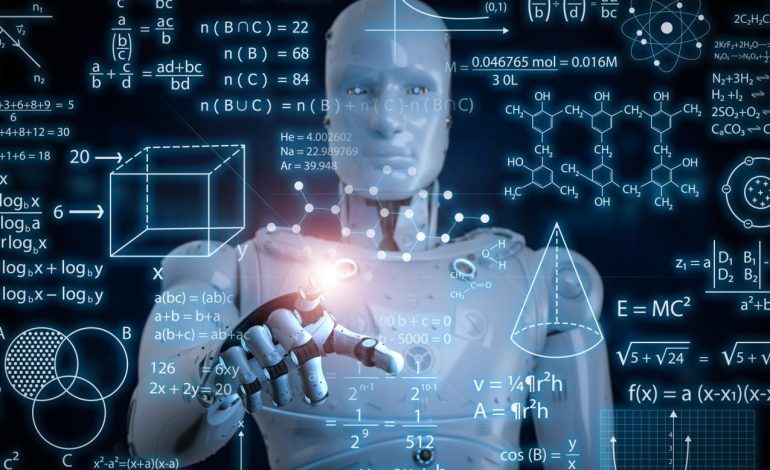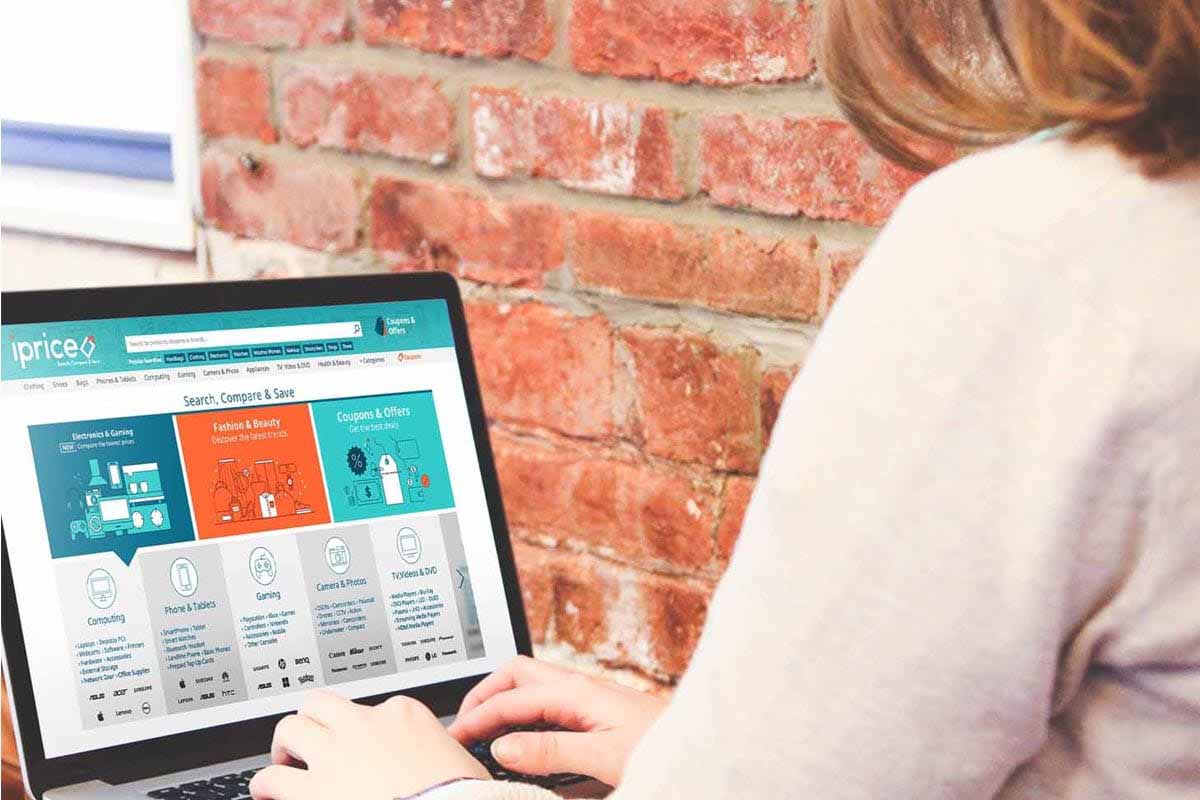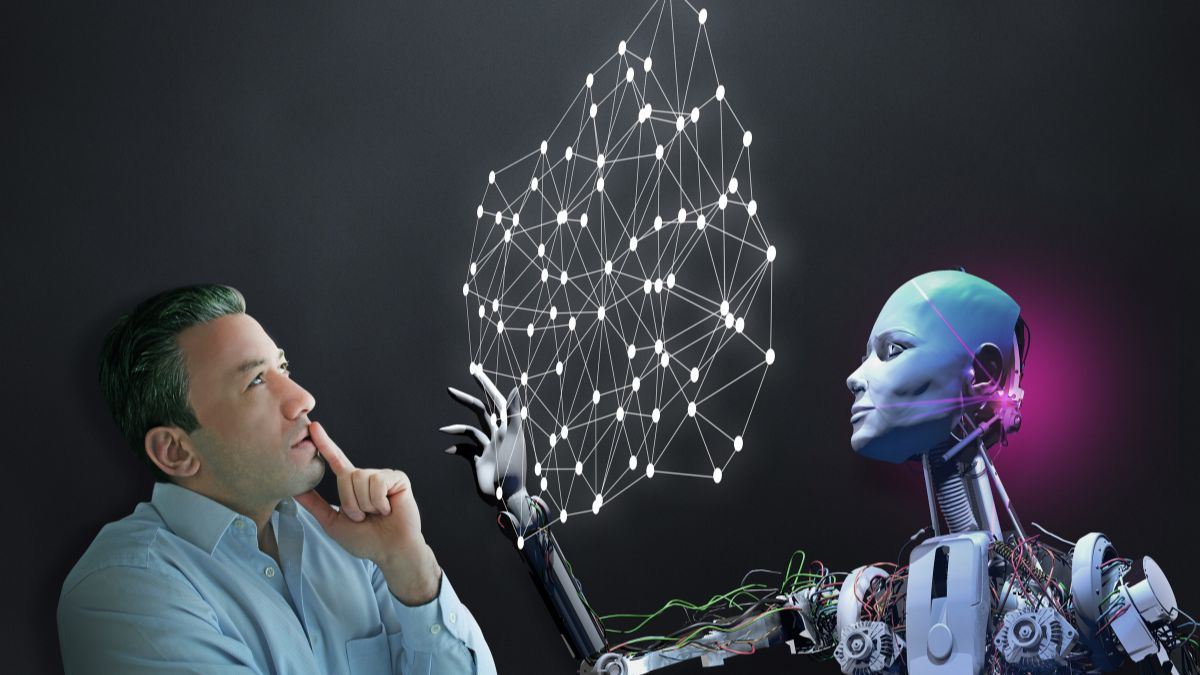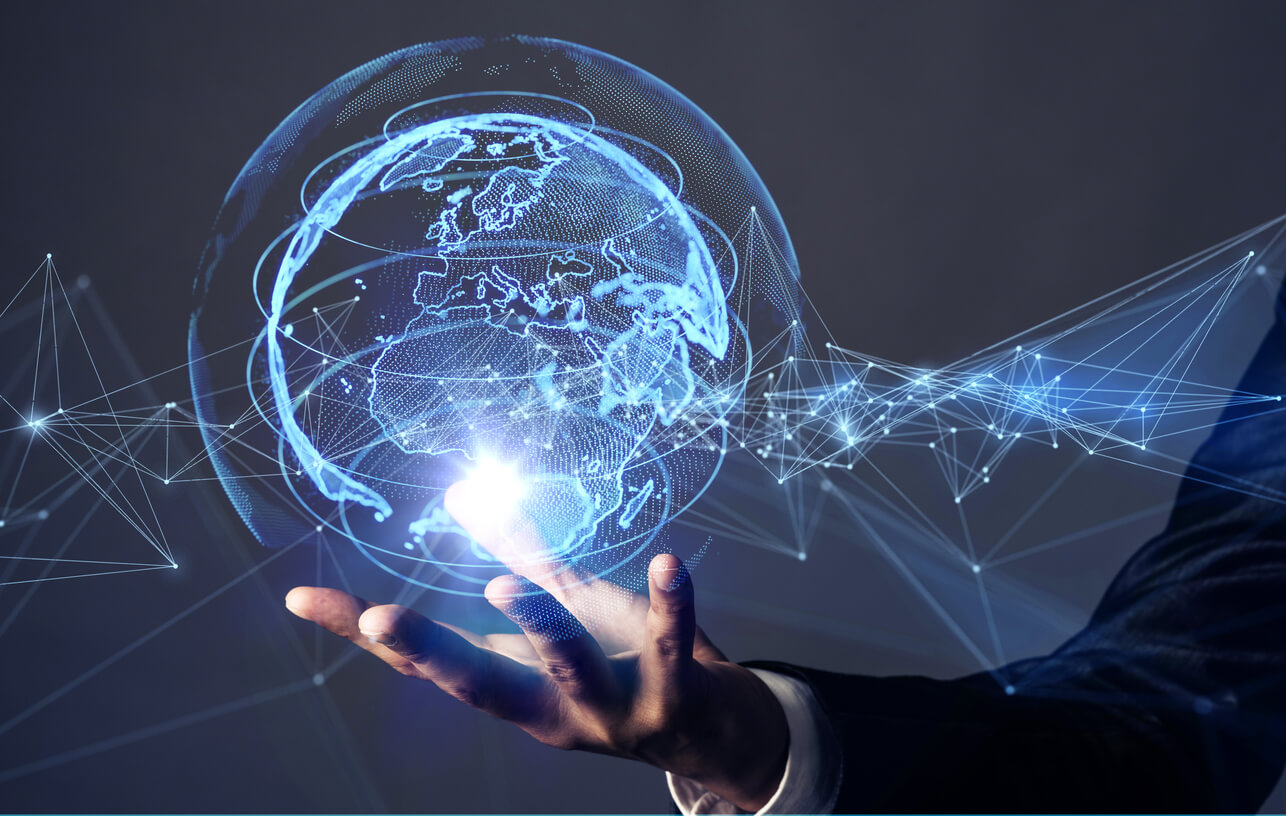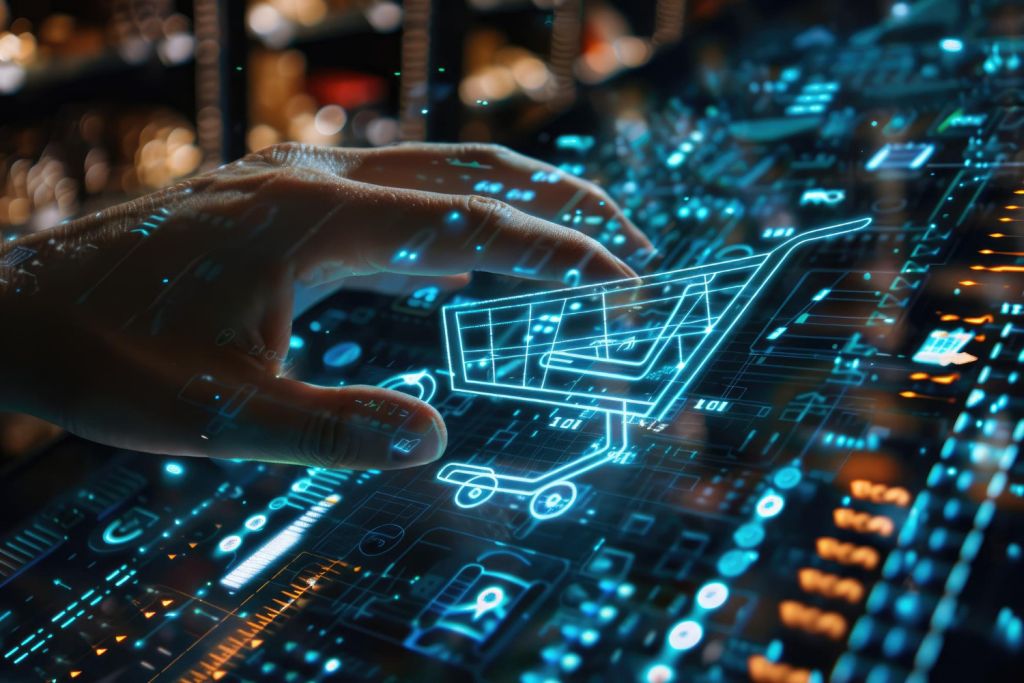The Evolution of Technology: How Innovation is Reshaping the World
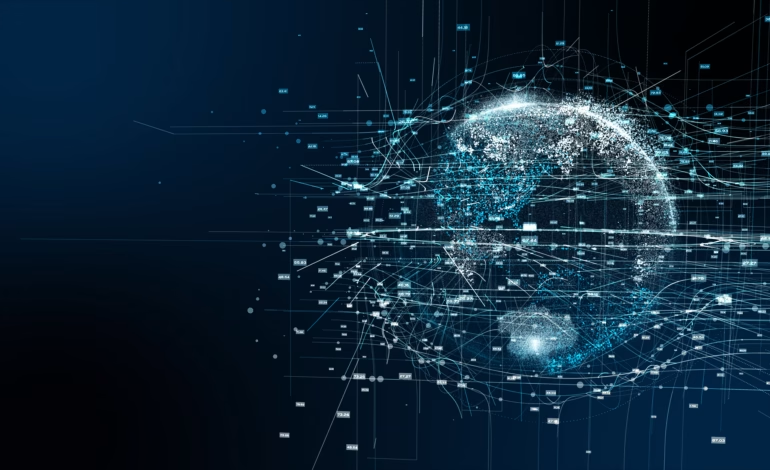
Technology is advancing at a pace that few could have imagined a generation ago. What was once science fiction—artificial intelligence, smart homes, virtual reality—is now part of everyday life. From how we work and communicate to how we shop, travel, and even think, technology has become deeply integrated into our daily routines. Its rapid evolution is not just transforming industries but reshaping society as a whole.
Artificial Intelligence: The Brain Behind Modern Innovation
Artificial intelligence (AI) has quickly become one of the most influential forces in the tech world. Once limited to academic research and niche applications, AI is now powering everything from virtual assistants and chatbots to advanced healthcare diagnostics and autonomous vehicles.
AI algorithms analyze massive amounts of data, learning patterns that help businesses predict consumer behavior, improve products, and optimize operations. In healthcare, AI can identify early signs of diseases like cancer through medical imaging, while in finance, it helps detect fraud by spotting unusual activity in real time.
Generative AI, capable of creating text, images, music, and even video, is also opening up new opportunities for creativity and business. However, its rise brings challenges, such as concerns over misinformation, ethics, and job disruption—issues that society must address as AI continues to evolve.
The Internet of Things: Connecting Everything
The Internet of Things (IoT) is another major technological shift, connecting billions of devices worldwide. Smart homes, wearable health trackers, and connected cars are just the beginning. By linking everyday objects to the internet, IoT creates systems that can collect and share data, improving convenience, efficiency, and safety.

For example, smart thermostats learn user preferences to reduce energy consumption, while industrial IoT solutions monitor factory equipment to predict maintenance needs and avoid costly downtime. In cities, IoT-powered infrastructure helps manage traffic flow, reduce pollution, and improve public safety.
The challenge, however, lies in ensuring cybersecurity and protecting personal privacy, as more connected devices create more potential vulnerabilities.
Cloud Computing: Powering a Digital Economy
Cloud computing has revolutionized how businesses and individuals use technology. Instead of relying solely on local servers or personal devices, organizations can now store data and run applications in remote data centers accessible via the internet.
This flexibility allows businesses to scale quickly, reduce costs, and collaborate globally. Startups, in particular, benefit from the cloud because they can access enterprise-level computing power without massive upfront investments. Cloud-based tools also power everything from streaming services and online gaming to global e-commerce platforms, making them essential to the modern digital economy.
As cloud adoption grows, so does the emphasis on security, redundancy, and sustainability, with many providers investing in renewable energy to power their data centers.
5G and the Future of Connectivity
The rollout of 5G networks marks another milestone in technological advancement. With speeds up to 100 times faster than 4G and lower latency, 5G enables innovations that were previously impractical. Autonomous vehicles, remote surgeries, immersive augmented and virtual reality experiences—all become more viable with ultra-fast, reliable connectivity.
For businesses, 5G means new opportunities to develop advanced products and services, particularly in fields like smart manufacturing, telemedicine, and gaming. However, widespread 5G adoption also requires significant infrastructure investment and raises questions about cybersecurity and equitable access.
The Rise of Automation and Robotics
Automation, powered by AI and robotics, is transforming industries from manufacturing to logistics and retail. Robots now work alongside humans in factories, warehouses, and even hospitals, performing repetitive tasks with speed and precision.
Automation improves efficiency and reduces costs, but it also sparks concerns about job displacement. While some roles are disappearing, new opportunities are emerging in fields like robotics maintenance, AI development, and data analysis. The challenge for society is to ensure workers are reskilled and prepared for these evolving roles.
In healthcare, robotic-assisted surgeries provide greater precision, while delivery drones and automated vehicles are redefining logistics, potentially making same-day deliveries the norm.
Cybersecurity: Protecting a Connected World
As technology advances, so do the threats. Cyberattacks, ransomware, and data breaches have become major concerns for businesses and governments alike. With more devices and systems connected than ever, securing networks is critical.
Cybersecurity innovations, including AI-driven threat detection and blockchain for data protection, are helping mitigate risks. Still, individuals and organizations must remain vigilant, as human error remains a leading cause of security breaches.
Education on best practices—such as using strong passwords, enabling multi-factor authentication, and recognizing phishing attempts—is just as vital as technological solutions.
The Growing Influence of Green Technology
As concerns about climate change grow, technology is playing a pivotal role in building a sustainable future. Renewable energy innovations, such as more efficient solar panels and wind turbines, are reducing reliance on fossil fuels. Electric vehicles (EVs) are becoming more affordable, driven by advances in battery technology and charging infrastructure.
Tech companies are also investing in greener data centers, recycling programs, and carbon reduction initiatives. Consumers increasingly expect businesses to adopt sustainable practices, and those that embrace green technology often gain a competitive edge.
What’s Next for Technology?
The pace of technological change shows no signs of slowing. Quantum computing, still in its early stages, could revolutionize industries by solving problems beyond the reach of classical computers, such as complex drug discovery or global supply chain optimization.
Augmented reality (AR) and virtual reality (VR) are expected to transform fields like education, healthcare, and entertainment, while advances in biotechnology could lead to breakthroughs in personalized healthcare and even human longevity.

The challenge for society will be ensuring these innovations are accessible, ethical, and used for the greater good. As technology becomes even more powerful, striking a balance between progress and responsibility will be essential.
Conclusion: A Future Driven by Technology
Technology is no longer just a tool; it is the foundation on which modern life is built. From AI and IoT to cloud computing and green tech, innovation is reshaping every industry and influencing how we live, work, and connect with one another.
While these advancements bring challenges—privacy concerns, job disruption, and ethical dilemmas—they also hold the potential to solve some of humanity’s most pressing problems. The key lies in harnessing technology responsibly, ensuring its benefits are shared widely, and preparing for the opportunities and challenges that lie ahead.
The future is undeniably digital, and how we navigate this rapidly evolving landscape will determine not only the success of industries but the well-being of society as a whole.

